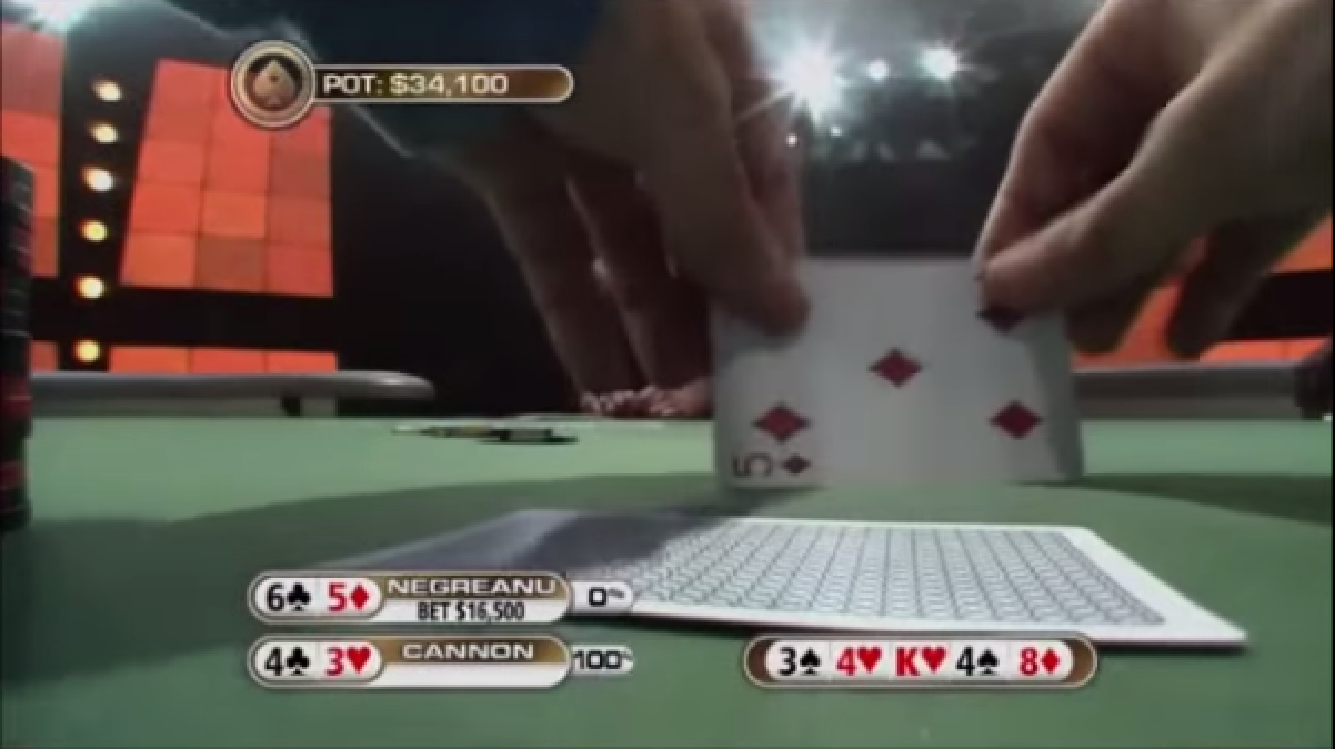Poker Training – Attacking Capped Ranges
One of the terms you might have heard flying around poker rooms recently is the notion of attacking capped ranges. But what are they, and how do you attack them?
Well, in a nutshell, a capped range is a range of hands that doesn't include any combinations of super strong monster hands. A simple example could involve a player that we know never limps Aces and Kings pre flop. As soon as we saw him limp, we'd know his range would be capped at Queens, because that would be the best possible hand he could have in that situation.
How you identify that a range is capped is a little more complicated. Let's assume my fiancé pushed me into the jeweller’s shop for a birthday gift knowing I only had £30.00 in my pocket. Unless I confessed to robbing the place, or pulling some kind of Derren Brown mind trick, the quality of bling I would be able to claim I'd bought would be limited. I'd be capped by my budget.
At the poker tables, there are an abundance of things that could lead you identifying a capped range: stack size, position, frame of mind, etc. But it's important to remember that everyone constructs their ranges differently, which means it's possible for some players to be capped in situations that other might not be.
I remember watching an episode of The Big Game in which my hero, Daniel Negreanu made the fatal mistake of showing a card after bricking his straight draw. Unprompted, Daniel chooses to show the 5 of diamonds:

By exposing his hand, Daniel has capped his range at trip 4s with a 5 kicker, because that is the best possible hand he can have that includes the 5d. Now, obviously opponents won't usually go turning their hands over, but if you pay attention to your opponents, you can often identify situations in which their ranges are capped.
Attacking Capped Ranges
With everyone raising so small nowadays, players are defending their blinds way more liberally than they used to. This has led to an increase in the number of situations in which a player defending from the blinds can represent more strength post flop than the original pre flop raiser can, especially if they were a tight player opening form early position. This presents an opportunity for the illest among us to attack their 'capped range', or as my friend Thomas Somerville calls it, a perfect chance to get “your lean on”.
Take another look at the Daniel Negranu hand above, and let's supposed for a second that his opponent doesn’t have a full house. Cannon would have a perfect opportunity to attack Daniel's capped range by make a raise large enough to apply enough pressure to turn even the peak of Daniel's range (trip 4s) into a bluff catcher. He'd have to fold a lot!
Consider the following situation in which we have defended the blinds vs a tight, early position opener, who opens a range of 99+, and AJs+, and some suited Broadway combinations. Let's suppose we're facing a bet on the river after check calling two streets on a board of, 5s,6c,8h, 3h, 2s (our cards aren't important as we're basically manipulating our oponent's range, but for the sake of making our bluff as sexy as possible, let's say we have zero equity and we can't call). Our opponent’s range here is capped at pocket Aces since his preflop range isn't improved on this particular board. Conversely, our range is completely uncapped as we can quite easily have several combinations of straights, two pairs, and sets after we defend from the blinds. This is a situation in which we could attack our opponent’s capped range and realistically expect a tight disciplined player to fold a high percentage of the time.
Conclusion
Now obviously we're not going to have such a concrete understanding of our opponents' ranges this often, but I hope this gives you some perspective on how to identify and attack capped ranges. Keep your eyes peeled for anything you can that might indicate a capped range and attack! Does your opponent always c-bet his flush draws on the flop for example? If he does, and the flush gets there, watch them squirm and make them fold. Get more poker training and strategy at PokerVIP.com.
